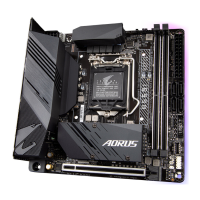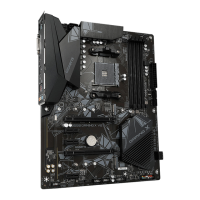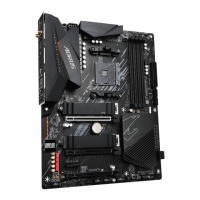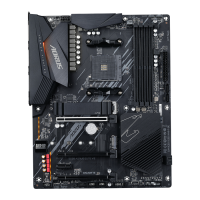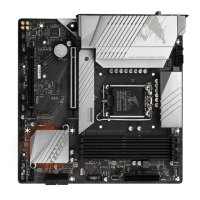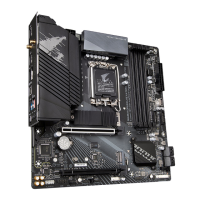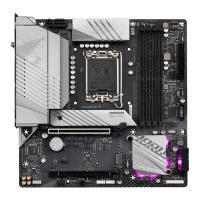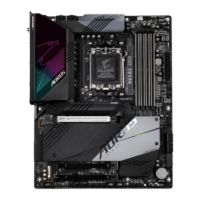Chapter 3 Appendix
3-1 Installing Intel
®
Optane
™
Memory and Storage Management
Steps:
After entering the operating system, make sure your Internet connection works properly and launch the GIGABYTE
APP Center. On the "Not Installed\New Drivers" screen, select Intel Rapid Storage Technology driver to install.
Follow the on-screen instructions to continue. When completed, restart the system.
Enabling an Intel
®
Optane
™
Memory
System Requirements
1. Intel
®
Optane
™
memory.
2. The Optane
™
memory must have at least 16 GB capacity, and it must have equal or smaller capacity than
the hard drive/SSD to be accelerated.
3. The Optane
™
memory cannot be used to accelerate an existing RAID array; the accelerated hard drive/SSD
cannot be included in a RAID array.
4. The hard drive/SSD to be accelerated must be a SATA hard drive or M.2 SATA SSD.
5. The hard drive/SSD to be accelerated can be a system drive or data drive. The system drive must be GPT
formatted and have Windows 10 64-bit (or later version) installed on it. The data drive must also be GPT
formatted.
6. The motherboard driver disc.
7. The SATA controller must set in Intel RST Premium With Intel Optane System Acceleration mode.
Installation Guidelines
1. Go to Settings\IO Ports\SATAAnd RSTConguration and make sure RST Control PCIe Storage
Devices is set to Manual. Then depending on which M.2 connector you install the Optane
™
memory in, set
the corresponding PCIe Storage Dev on Port XX item to RST Controlled.
2. After re-entering the operating system, launch the Intel
®
Optane
™
Memory and Storage Management
application from the Start menu. If you install more than one Optane
™
memory, please select which one
you are going to use. Then select which drive to be accelerated. Click Enable Intel
®
Optane
™
Memory. All
data on the Optane
™
memory will be erased. Make sure you back up the data before continuing. Follow the
on-screen instructions to proceed. When completed, restart the system.
3. Launch the Intel
®
Optane
™
Memory and Storage Management application from the Start menu and make
sure the Intel
®
Optane
™
Memory has been enabled.
4. If you want to accelerate the system drive, you can select specic folders, les, or applications to accelerate using
the Intel
®
Optane
™
Memory Pinning function. (The Optane
™
memory used must have at least 32 GB capacity.)
• An Optane
™
memory cannot be used to accelerate an M.2 PCIe SSD.
• If more than one Optane
™
memory is installed, you can select only one of them to accelerate
your SATA-based boot drive. The other(s) can only be used as data drive(s).
• Do not abruptly remove the Optane
™
memory. Doing so will cause the operating system to stop
functioning correctly.
• If you want to change/remove the Optane
™
memory, you must disable it using the Intel
®
Optane
™
Memory and Storage Management application rst.
• After enabling the Optane
™
memory, the related BIOS settings will remain even after a BIOS
update.
- 46 -
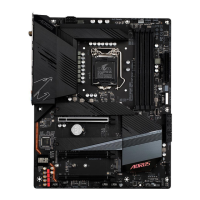
